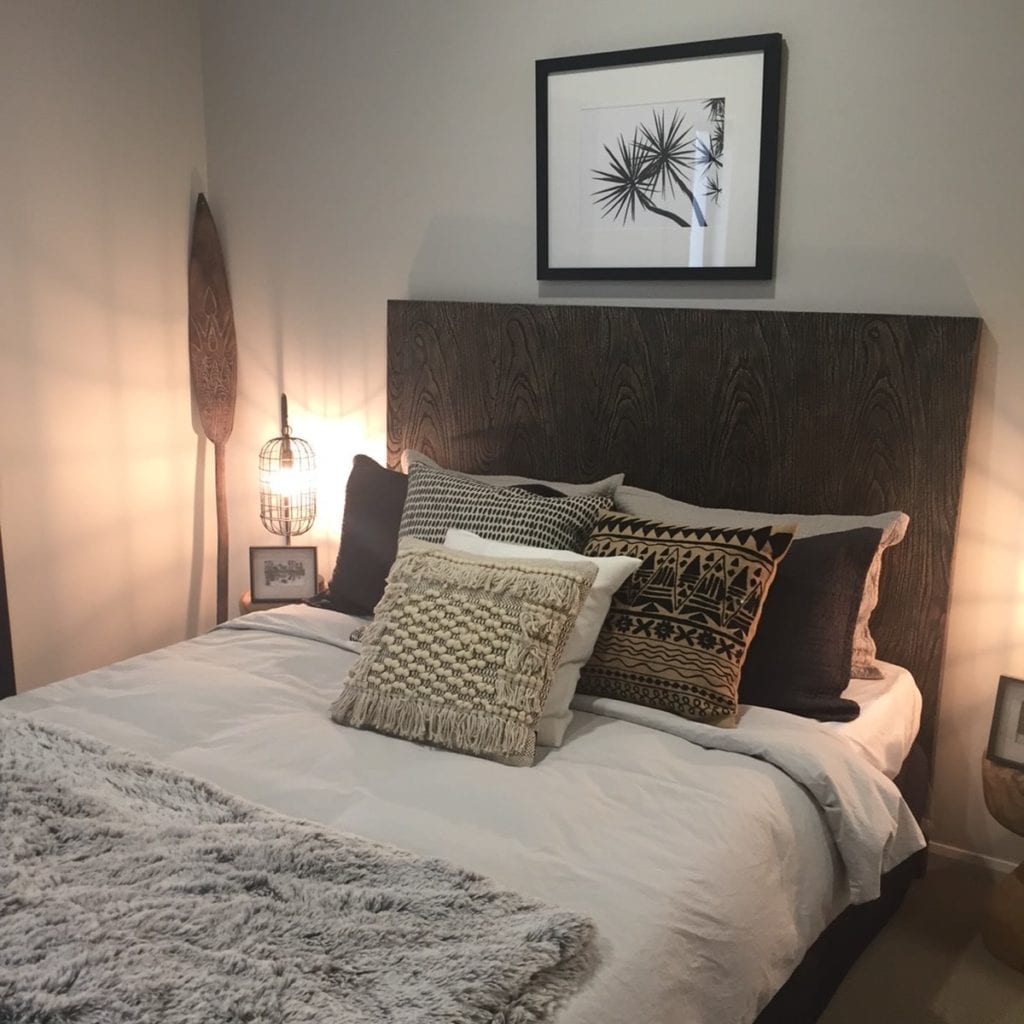Creating a Restful Bedroom
Start by removing all clutter and any items associated with negative emotion. This will help you feel at ease when you walk in. Stay on top of bedroom clutter by tidying regularly. If stuff is overtaking your bedroom, you may need to reclaim the space. A restful space can intentionally be created by keeping electronic devices such as phones, computers and televisions out of your bedroom.
Select colours for the room which you find relaxing and calming. If colour creates a positive emotional response, this can have a direct impact on wellbeing and affect your feelings and behaviour. The right tone of specific colours can have a very positive effect. Blue, especially light is the ideal choice for calm, serenity and relaxation. Blue can also help reduce stress and aid with sleeping. Green can be restful and restorative and purple can be quiet, luxurious and reflective. Soft pink can be nurturing and soothing and white can be selected for sophistication, simplicity and cleanliness. (Haller, Karen, The Little Book of Colour-How to Use the Psychology of Colour to Transform Your Life, UK, Penguin Random House, 2019)
As you spend one third of your life in your bedroom, invest in the best quality mattress that you can afford together with the best quality bedding. Clean white sheets can create a restful vibe.

Try to keep the bedroom as dark as possible for sleeping. This can be achieved by using tight fitting blinds. Light levels for creating mood and a restful atmosphere can be achieved by using window shutters, bedside lamps and dimmer switches on room lighting.
Plan to regulate temperature and promote good air flow in your bedroom with open windows and the use of ceiling fans or air-conditioning. Potted plants literally breathe life into interior spaces so consider using them to improve air quality and create calm. Fresh flowers can also breathe life, create luxury and provide scent to your bedroom. Choose a single colour to blend with your restful space.
